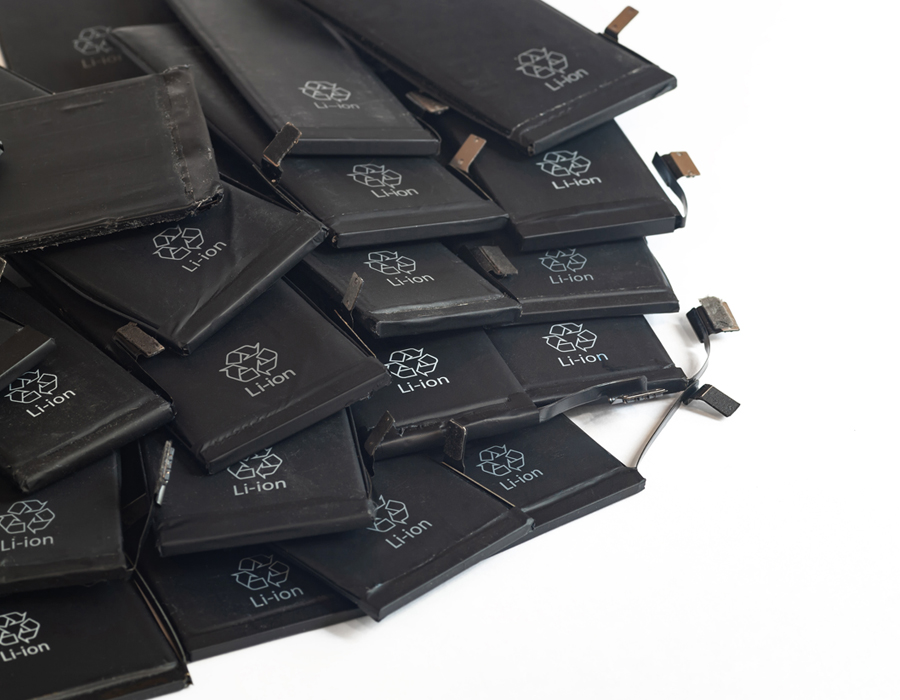Last Updated on 07/11/2023 by Sarah Sarsby
Li Batts present many advantages for assistive technology, especially mobility scooters and powered wheelchairs.
Typically, Li-NMC Batts are around 1/3 the weight of traditional batteries – and LiFePO4 Batts only 20 percent heavier than Li-NMC Batts – which makes them easier for users and carers to move and reduces the overall weight of the device being powered.
Cared for properly, Li Batts may last significantly longer than traditional batteries – Li-NMC Batts up to two times longer and LiFePO4 Batts up to five-seven times longer – due in part to their higher cycle life (the number of charging and discharging cycles a battery can undergo without compromising its performance).
Whereas traditional batteries’ voltage drops significantly throughout the charge-life (experienced as weakening power output as the charge dissipates), Li Batts’ voltage remains steady throughout the charge-life, weakening only when nearly fully discharged.
Compared to traditional batteries, Li Batts are capable of storing much larger amounts of energy.

Again, compared to traditional batteries, Li Batts are capable of delivering much larger amounts of energy relative to their weight.
DoD is the maximum capacity of a fully charged battery that can be used prior to recharging without negatively affecting the battery’s overall lifecycle; traditional batteries have a c. 50 percent DoD whereas Li Batts have a c. 80-90 percent DoD – meaning, effectively, Li Batts can be used for longer without recharging.
Li Batts for assistive technology applications are typically 2-3 times more expensive than traditional batteries – however, due to longer life, Li Batts (especially LiFePO4 Batts) can, if maintained properly, reduce overall cost.